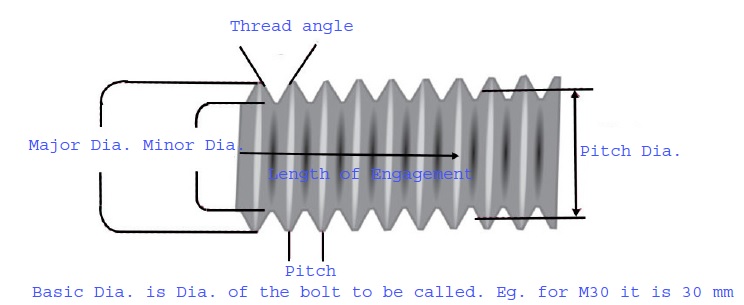Bolts are used extensively in construction, machinery, and a wide range of other applications where strong and reliable fasteners are essential. However, bolts can fail under load, and this can have serious consequences in terms of safety, reliability, and cost.
One common cause of bolt failure is overloading. When a bolt is subjected to a load that exceeds its design capacity, it can deform or break, and the joint it was securing can come apart. Overloading can be caused by a number of factors, including inadequate bolt size or grade, excessive torque, or unexpected loads.
Another common cause of bolt failure is fatigue. Fatigue occurs when a bolt is subjected to repeated cyclic loading and unloading, which can cause small cracks to form and grow over time. Eventually, the cracks can become large enough to cause the bolt to fail catastrophically.
The thread of a bolt can also fail under load, either by stripping or by shearing. Stripping occurs when the threads in the joint become damaged or worn, and the bolt is no longer able to grip the material securely. Shearing occurs when the bolt thread is subjected to a transverse load, and the thread snaps off at the root.
To prevent bolt and thread failure, it is important to choose the right size and grade of bolt for the application and to apply the correct torque to ensure that the joint is secure.
The calculation program given below can help you in selecting the right size of the Bolt for the application under load.
The calculation for the strength of Bolts and its Thread under Load

| Calculated parameters | Value |
|---|---|
| Shear Stress(kg/mm2) | |
| Safety factor (Shear) | |
| Tensile Stress(kg/mm2) | |
| Safety factor (Tensile) |
